Love, Sex Aur Dhoka
Love Sex aur Dhokha : Movie Review
5 stars out of 5 (Masterpiece : a formidable example of modern Indian cinema)
Director : Dibakar Banerjee
Hindi (English subtitles available), 2010
Producer Ekta Kapoor must have spent some quality time reflecting on how she could atone for the insufferable soap operas she helped to institutionalize on Indian cable TV. I estimate that this line of thinking by her received particular consolidation in 2009. It started manifesting with half-hearted attempts which produced cinema of middling quality, and finally she must have consulted some truly blessed astrologers who may have advised her that the time was ripe for taking the full redemptive plunge. The result - a collaboration with top director Dibakar Banerjee which ensued in the near-miraculous release of Love,Sex aur Dhoka - a stunningly fearless example of modern Indian cinema. Featuring superb acting from little-known actors, powerful story-telling which is often a savage splash of cold reality, with its interlinking mosaic of societal tableaus neatly knitted together in documentary-style, LSD is a harrowing dose of facts and perversions.
Banerjee and scriptwriter Kanu Behl apparently decided that they would settle for nothing other unadorned reality - complete with dialogue that is alive, kicking and sometimes punishing in its impact. 21st century India, unshackled not just economically but also socially, has veered towards sexual misdemeanour, abuse of video-recording and vulture-like media tendencies while still retaining some of the most notorious aspects of its orthodoxy. Banerjee, born-’n’-brought up in Delhi and evidently very familiar with that city’s street-smart milieu and lingo, harvests and pumps all these ingredients into an unholy world in which the events of this film transpire. The whole film has been shot using a videocam (a character, or static camera, is always there recording the action on one pretext or the other). While humour is liberally present, it is often buried under the pathos.
Pic is cut and spun into three stories whose timelines and characters weave in and out of each other. Although each story is presented individually (chapter 3 follows after chapter 2 which starts after chapter 1), the narrative of any given story features snatches of players and events from other ones also - this becomes more clear as we progress through the movie.
First Story- Superhit Pyaar/Mehndi Laga ke Rakhna - Aditya Chopra can at least rest assured that "Dilwale Dulhaniya Le Jayenge" is outstanding both in the original and in this spoof. Cut to Rahul Kumar (Anshuman Jha) who is a slip of a young man directing his "diploma" film, whilst being keen to capture everything else also on camera. His film is titled "Mehndi laga ke rakhna" - this debut feature is evidently inspired by the afore-mentioned Sharukh-Kajol starrer which was directed in 1994 with such charm and expertise that it never felt artificial. But Rahul’s film is a florid parody, even though it is meant to be a serious film. It is filled with blooming corny romance, and vistas of the hero bashing up the goons in gory glory.
This abominable debut (is it an early signal of a poor prognosis?) stars Shruti as the heroine. She is the daughter of a millionaire vulgarian who is persuaded into permitting Shruti to act, but he then forces Rahul to include "item songs" in the film, and finally gives him an ultimatum, out of the blue, to finish the film in just one day. This is because Shruti is going to be married off , without her consent, to a groom from Canada. Rahul and Shruti meanwhile have developed an innocent romance of their own, and this is shown in deftly filmed sequences redolent of real-life interactions. Comic touches abound.
The ending of this story, however, is a night-vision montage straight from burning hell. Banerjee is merciless in showing how unforgiving real life is, and how barbaric human nature can be. Considering how stupidly prudish Indian film censors are, one feels like commending them for allowing the finale of this segment to survive in the final cut (other censorships in the movie notwithstandng). Cinematographer Nikos Andritsakis smoothly slips in some zingers, like a sudden close-up of a demon-like face (that chilling shot infected my memory long after the film closed) that forces out a character from a car. Camerawork moreover, though purposely done in camcorder-style,complete with hand-held adjustments and spills, still has noticeable finesse in the way it discreetly captures all that is necessary. Inspired by a real-life murder case that shocked the nation while triggering a media frenzy, and the court-proceedings of which continue till the day of writing this review, this first chapter will be remembered by viewers for its heart-chilling ending.
The second chapter is titled "Paap ki Dukaan" - This showcases impressive verisimilitude and though similar stories have told before, Banerjee’s attention to detail produces a stellar result that evokes genuine sympathy for the victim. Adarsh (Raj Kumar Yadav) is a youth in charge of running a small supermarket. He and his friend decide to make lucre by using the store's cameras to capture steamy footage. They decide to target a girl who works as an assistant. While kissing her one on occasion in the aisles, Adarsh has no issues with agreeing to her remainder to switch off the store’s cameras before proceeding, but tempers worsen when he finds another man chatting with her.
Yadav is superb in the scene where he lashes out in jealousy at Rashmi, and he is consistently impressive in the rest of the emotionally charged scenes too. Neha Chauhan (as Rashmi) is wonderfully understated. Playing down all potential glamour, she expertly essays a tall slim young woman who is sincere by heart and more innocent than world-weary. This character’s performance reaches its moving zenith when she cries and implores in front of Adarsh, in the aftermath of a tragedy.
Third Tale - " Badnam Shohrat "- Actor Amit Sial looks different in real life yet here his face is fashioned to look almost like Telugu filmstar Nagarjuna. He plays Prabhat - a journalist down and out on his luck. One of the "sting videos" he captured helped to topple a state government, but since then, botched recordings and ignominious attacks-’n’-manhandling meted out by his interviewees have laid him low. He is broke, with an irate wife and toddler in tow. His boss (Priyanka Bose) taunts him to get his act together by getting some "footage" of real incendiary value. Floating in suicidal depression, he somehow stumbles into the orbit of a beautiful but volatile young woman -Mrignaina. Naina teeters on the edge of hysterical anger and caterwauling. She’s ditched home and hearth, and aspires to get a much-coveted launch video by the "King of Pop" Loki Local but the latter will not oblige until she agrees to be inducted into the inner sanctum of Loki’s International Temple of Love. What follows is Prabhat’s endeavour to inspire Naina to get revenge against Loki, further complicated by his boss’s wish to add more masala to the affair.
Although this perky story has less insidious tension than the other two chapters (this is likely a deliberate choice), it is no less germane, is excellently executed and again sports top-class performances. The Indian journalistic media circa 2010 is a vibrant throbbing network that attempts to explore and expose any and every event of probable importance. In LSD we see how cynical and manipulative it has become even when it comes to carrying out putatively well-meaning’’sting-operations’’. In this storytrack’s other aspects too, realism is rife, as in a scene wherein a character attempts to hang himself by a cloth tied to a ceiling fan. Arya Banerjee ,as the feisty Naina, emotes gestures and delivers crude dialogue with riotous panache in the scene set beside a street food stall, and manages overall to be winsome despite her uncouth attittude. The flamboyant decadence of Loki Local is absolutely nailed by Herry Tangri. Tangri felicitously enacts a depraved young popstar who strums on his guitar, hums and hatches varied tunes on the spot, whilst indulging in bawdy banter with aspiring starlets. Priyanka Bose in her role as Prabhat’s boss is superbly saucy, leery and mired in blithe manouevring.
These interlocking stories, reminiscent of Hollywood’s ’’Crash’’ (2004) both in narrative format and in portraying current social strife, compendiate a good chunk of the malaise of the society they are set in. The film’s ethos can be compared to Anurag Kashyap’s ’’Dev D’’, but the latter was leavened to some extent by its more obvious style quotient of tech-values, snazzy music and broad waves of humour ,while LSD comes across more as a straight-arrow penetration into the heart of what is rotting in the society of India today.
It has all the elements of hearty, throbbing drama yet its additional triumph lies in the way it folds all of its layers into the format of a social documentary.
Aided by casting director Atul Mongia's superb choices, spiffy splicing of all the ’’footage’’ into a smooth syncytium by editor Namrata Rao, and Kanu Behl's mordant dialoge, director Dibakar Banerjee (certainly one of the great hopes of modern Indian cinema) does not slacken even once in his mission to ensure a razor-sharp perspective. The lines spoken in the film are almost lyrical in their innuendoes and alternate between spitting vulgarity and bracing honesty. The unremitting behavioural violence in the film adds to a sense of pervasive hostility. Noticeably, all stories have a Punjabi influence - the surname ’’Dahiya’’ is the name of the central ’’family’’ in part One , Punjabi colloquials are conspicuous in part Two, and there’s the jazzy lingo of the Punjabi pop-star in story Three. Make what you will of this social accent.
Love, Sex aur Dhoka is not an easy film to watch - works which hold up such an unflinching mirror of reality cannot help being disturbing.The only ’’group audience’’ who are advised in favour of watching it, would be a bunch of hard-core cinema aficionados - the movie will spoil the party for all other gatherings. LSD emerges as a winning combination of the work of multiple highly talented artists. The American Film Registry regularly but selectively selects certain works for a preserved list which showcases works that are deemed culturally, historically or aesthetically significant. If their Indian counterparts were to start a similarly commendable archive, this film would be an automatic entry from the twenty-first century.
UPN
UPNWORLD welcomes your comments.

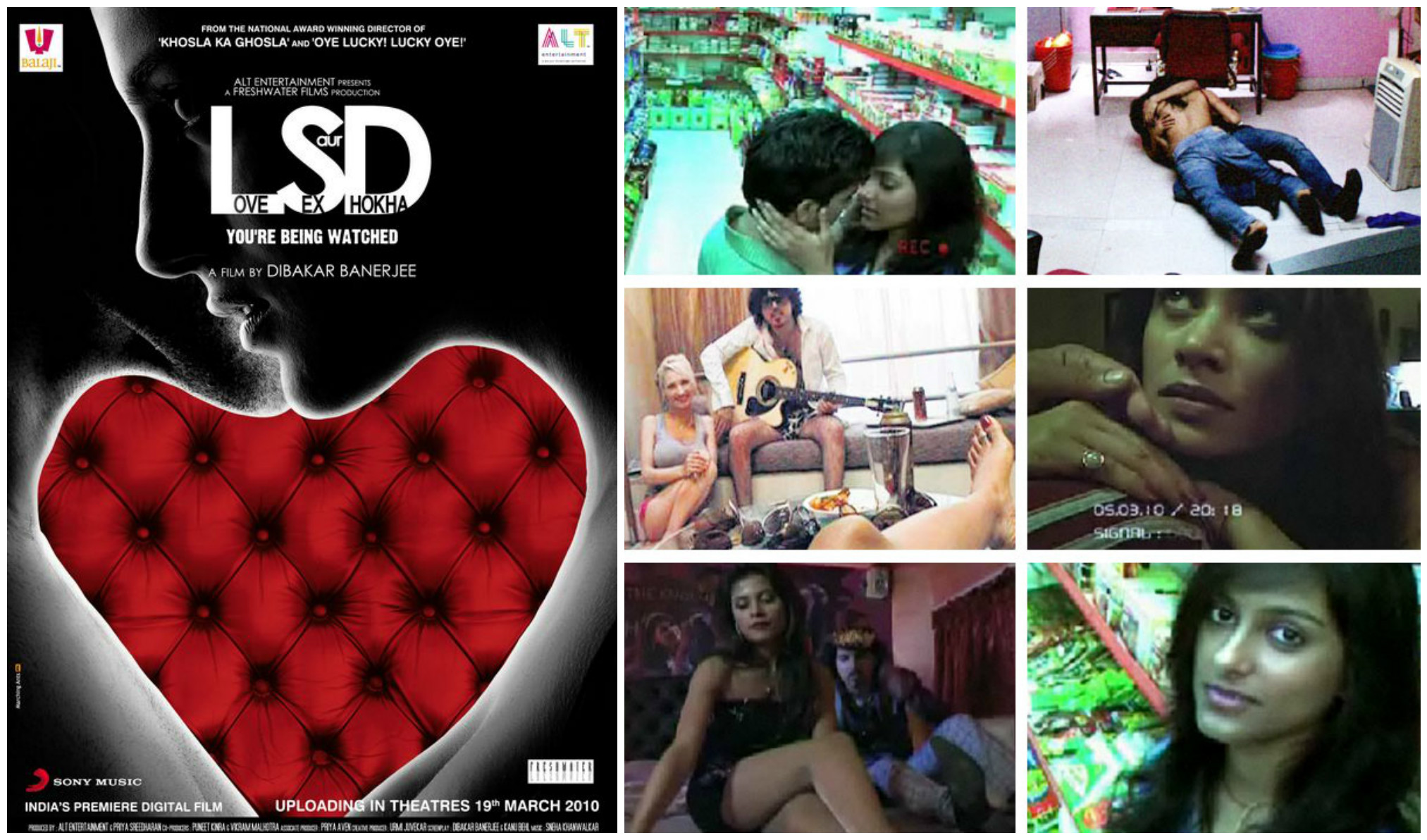
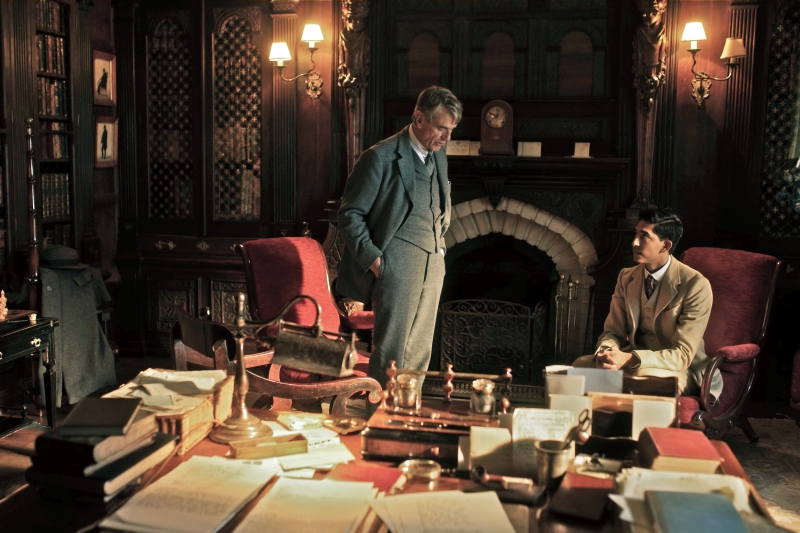
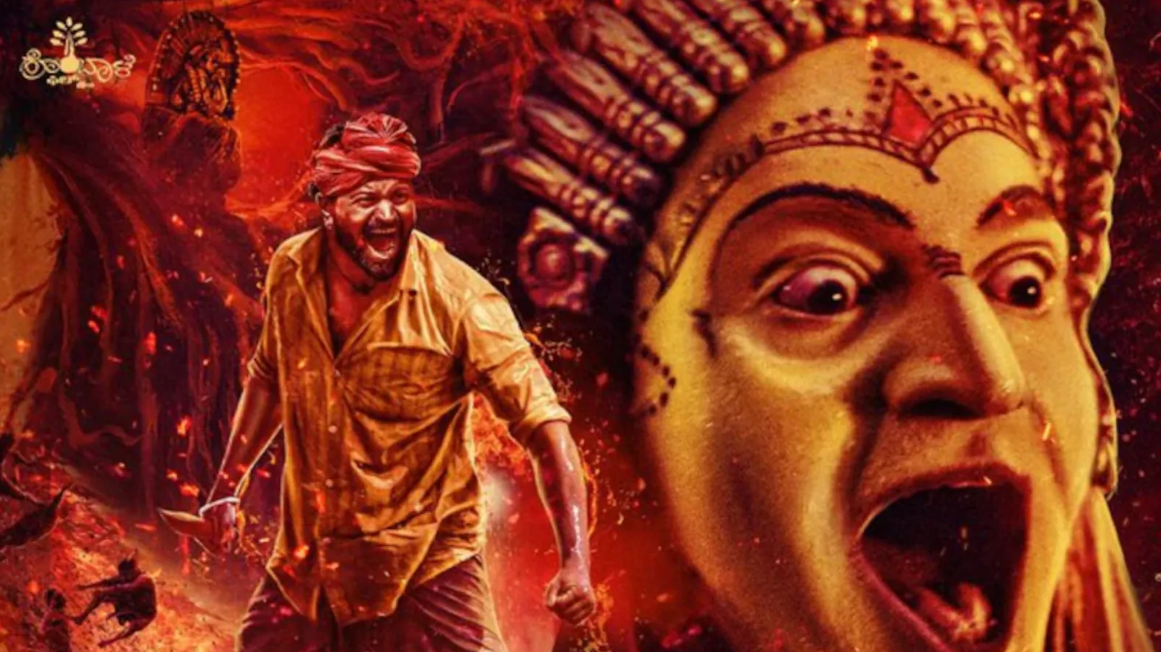
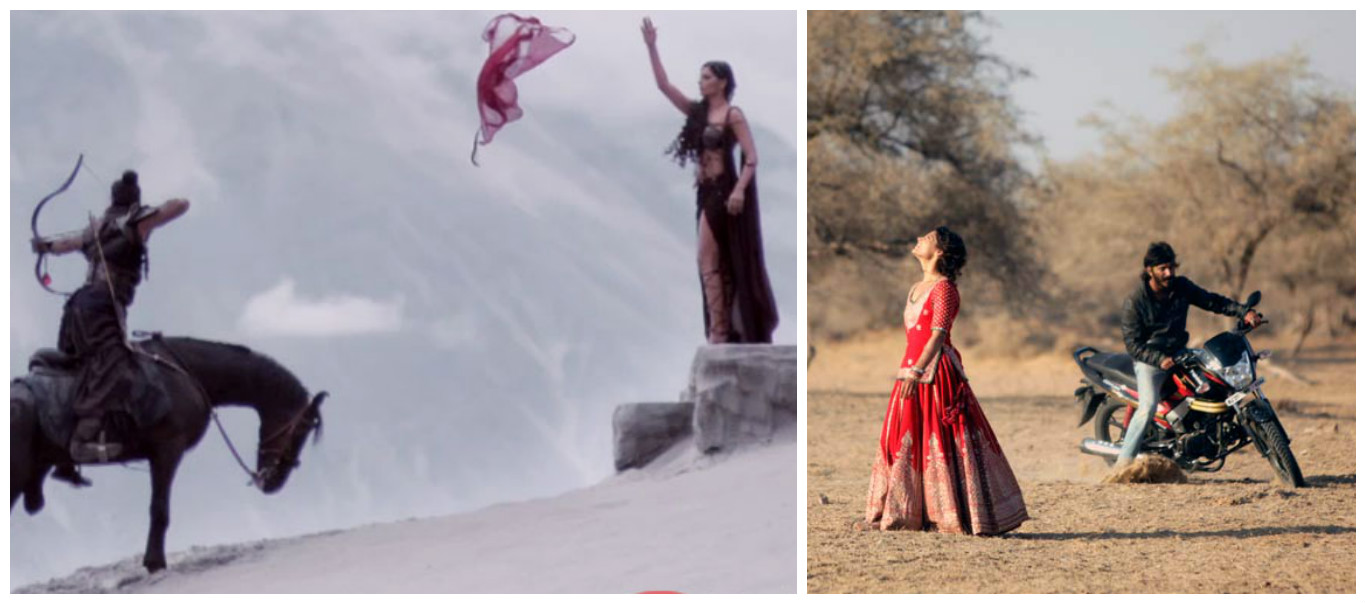
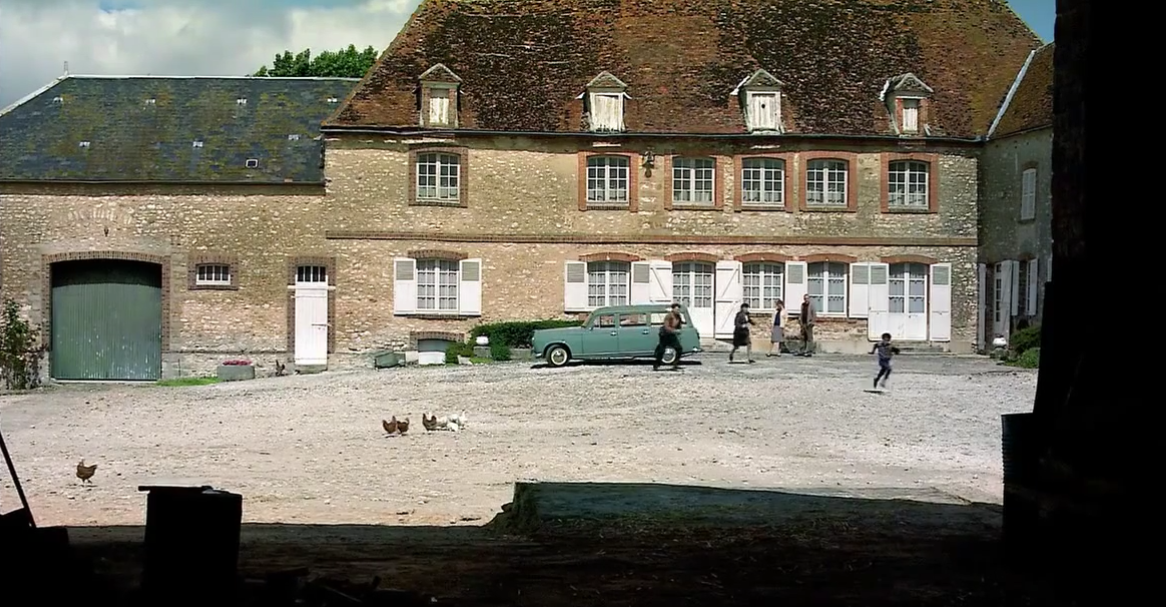




0 COMMENTS
WRITE COMMENT